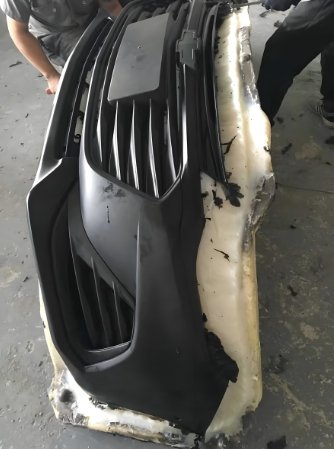
Designers face constant challenges. They need to create innovative products. They must ensure precision and meet tight deadlines.
Rapid Prototyping is a powerful tool. It transforms ideas into physical models quickly. When combined with an expert Injection Mould Company, it becomes even more effective.
This guide explains key details every designer should know.
What Is Rapid Prototyping?
Definition
Rapid Prototyping creates a physical model from a digital design. It uses advanced machines like 3D printers or CNC machines.
Why Designers Need Rapid Prototyping
Visualize Concepts
Seeing a 3D model clarifies designs.
Example:
- A designer tests the look of a futuristic lamp.
Speed Up Iterations
Quick prototypes let designers test multiple ideas fast.
Benefit:
- Faster approval from clients.
Solve Design Problems
Prototypes show flaws early.
Example:
- A smartphone case prototype reveals weak points.
Materials for Rapid Prototyping
Plastics
Light and versatile.
Best For:
- Consumer products.
Metals
Strong and durable.
Best For:
- Aerospace and automotive parts.
Specialized Materials
Some projects need unique options.
Example:
- Medical tools require biocompatible materials.
How an Injection Mould Company Helps
Expert Advice
They guide material and design choices.
Example:
- Suggesting the right mold for a new device.
Precision Molding
Prototypes match final products perfectly.
Benefit:
- Reduced errors in production.
Customization
They handle unique design needs.
Example:
- Creating molds for intricate jewelry designs.
Design Tips for Better Prototypes
Start Simple
Focus on key features first.
Why?
- It saves time and materials.
Use CAD Software
Create detailed and accurate designs.
Example:
- AutoCAD or SolidWorks.
Test Frequently
Build multiple prototypes during development.
Benefit:
- Catch errors early.
Challenges Designers Face
Cost Constraints
High initial costs can be a concern.
Solution:
- Work with an efficient Injection Mould Company.
Material Limits
Not all materials work for prototypes.
Solution:
- Use expert recommendations.
Complexity
Some designs are hard to replicate.
Solution:
- Break the design into smaller parts.
Applications of Rapid Prototyping
Consumer Products
Prototypes refine gadgets and appliances.
Automotive
Designers test parts like dashboards or engines.
Healthcare
Prototypes aid in medical tool development.
Packaging
Custom packaging designs benefit greatly.
Future of Rapid Prototyping
AI Integration
AI will automate design adjustments.
Advanced Materials
Better materials will enhance durability.
Accessibility
More designers will use Rapid Prototyping.
Partnering with an Injection Mould Company
Why It Matters
They ensure precision and efficiency.
Benefit:
- Fewer design iterations.
What to Look For
Choose a company with experience in your industry.
Example:
- Medical devices need strict quality standards.
Designers must embrace Rapid Prototyping. It accelerates innovation and ensures accuracy.
Working with an experienced Injection Mould Company improves results. It reduces errors and saves time.
Start using Rapid Prototyping today. It’s the future of design.
